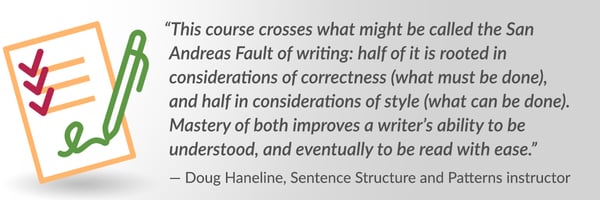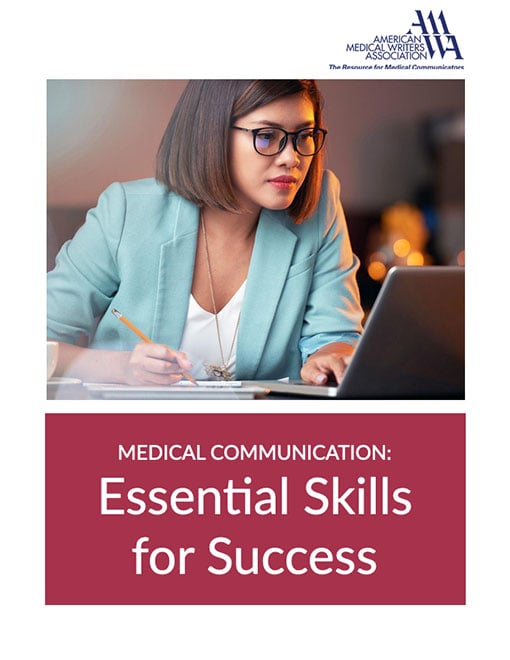
Medical writers are responsible for accurately communicating information related to statistical procedures, tests, and results. Understanding statistics for medical writers and editors is a way to increase your skill and confidence in interpreting and reporting statistical methods and results.
For example, imagine coming across the following statistical information:
Length of hospital stay (days): mean, 13.3; median, 6; standard deviation, 12.1
When confronting those statistics, a medical writer may ask the following questions:
- What level of measurement is used to describe the length of hospital stay?
- What is mean?
- What is median?
- What are the implications of the large difference between the mean and the median?
- What is standard deviation?
- What additional information does the standard deviation provide?
Role of Statistics in Medical Research and Communication
Medical research studies are designed to answer questions of interest, such as whether a new treatment is effective, how accurate a diagnostic test is, or how common a health‑related behavior is. When designing a study, researchers decide on the specific study design to be used (eg, a randomized clinical trial, a general population survey) and the outcomes to be measured. These research outcomes include elements such as the number of patients experiencing a disease relapse, the change in patients’ blood pressure after treatment with a new antihypertensive medication, or the proportion of subjects who report that they are currently smokers. Once data collection has been completed, researchers use applicable statistical techniques to determine the answer to the study question(s) posed.
The work of medical communication often involves using statistical tools to
- describe, summarize, and depict the collected data, or
- determine the probability that the study results may have arisen by chance.
Medical communicators use statistics to present critical scientific evidence in a clear and accurate manner to the intended audience.














